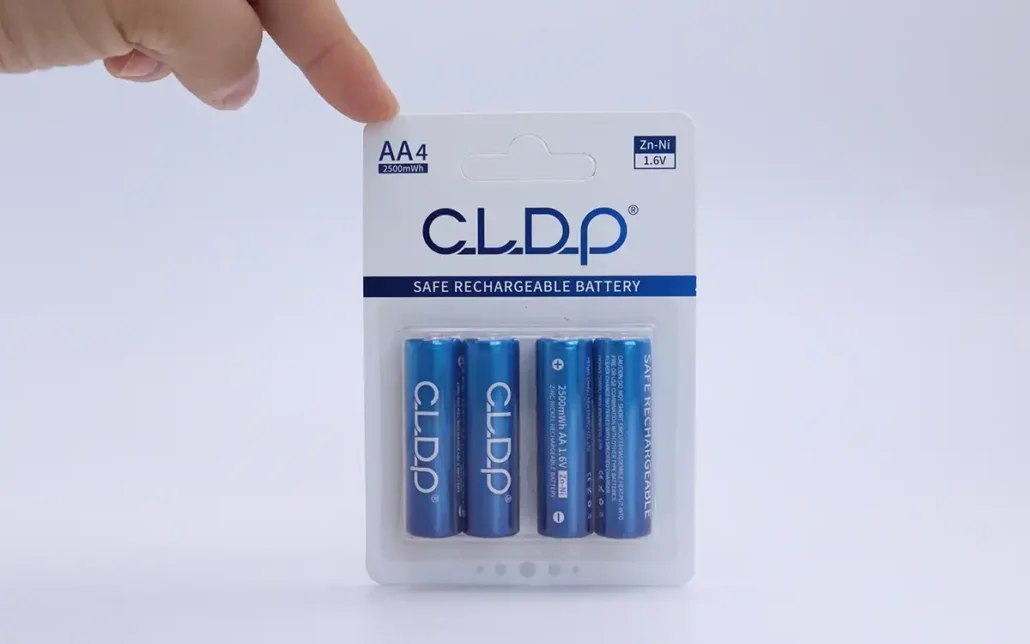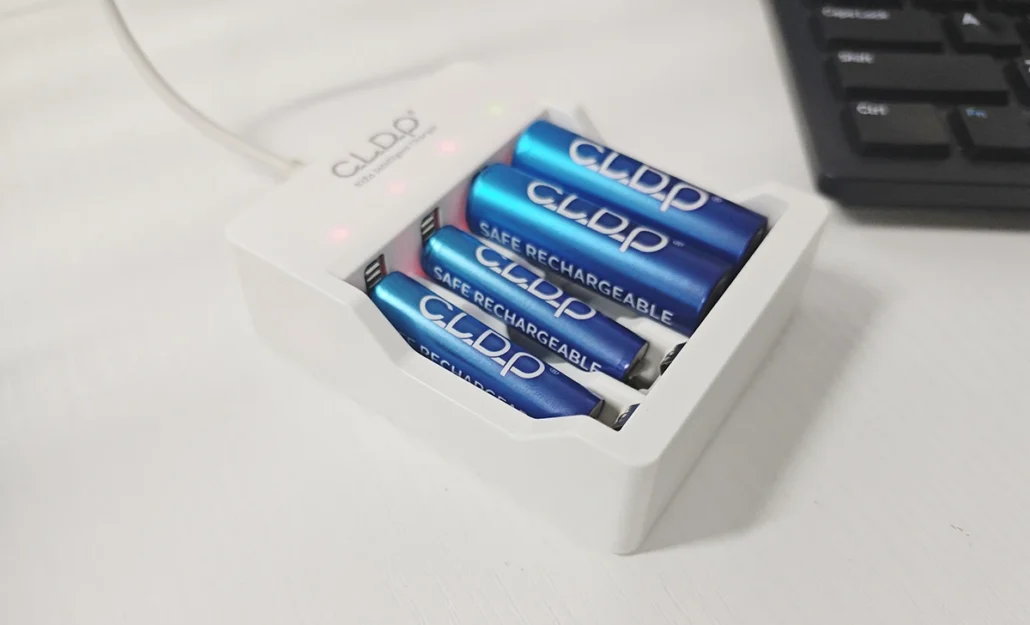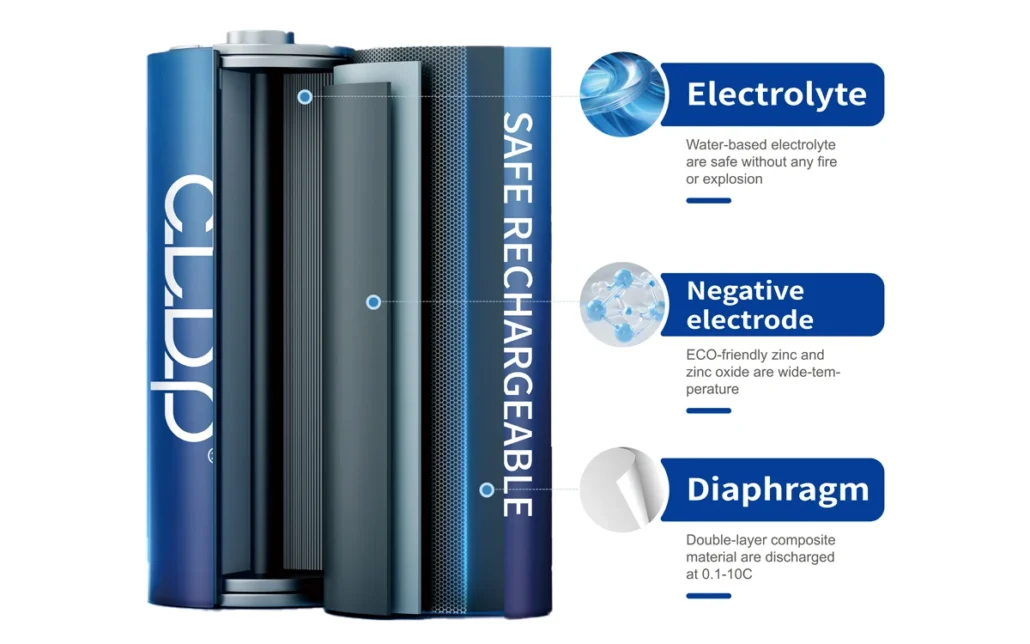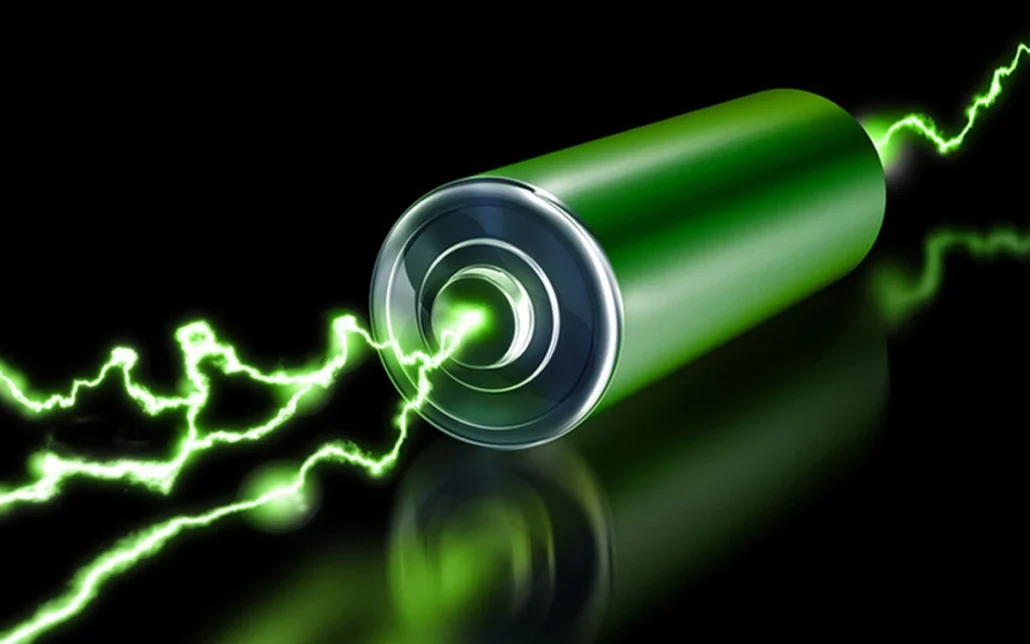Zinc nickel battery is a rechargeable battery (secondary battery) that utilizes the electrochemical reaction between zinc and nickel to store and release electrical energy. It belongs to a type of alkaline battery with advantages such as high operating voltage, long lifespan, low cost, and environmental friendliness.
Basic Definition
Zinc nickel battery is a type of secondary battery, where the positive electrode (cathode) is mainly made of nickel compounds (such as nickel hydroxide), and the negative electrode (anode) is mainly made of zinc.
Main features
High operating voltage: The nominal voltage of zinc nickel batteries is 1.6V, which is higher than the common nickel hydrogen batteries (1.2V).
No memory effect: Zinc nickel batteries do not reduce their total capacity due to partial discharge followed by recharging, making battery management more convenient.
Environmental Protection: Zinc nickel batteries do not contain harmful heavy metals such as lead and cadmium, and have a minimal impact on the environment, meeting the modern demand for green energy.
High power density: Zinc nickel batteries have a high power density and are suitable for applications that require high current output.
Safety: Through various safety designs such as leak proof, explosion-proof, and automatic safety valves, the safety of the battery is ensured under various usage conditions.
Long lifespan: Zinc nickel batteries can have over 1200 charge and discharge cycles, resulting in a longer service life.
Wide temperature range: Zinc nickel batteries can still operate normally within the temperature range of -40 ° C to 70 ° C, with strong adaptability.

Application area
Zinc nickel batteries are widely used in various fields, including but not limited to:
Household appliances: such as smart door locks, power tools, toys, etc.
Electric bicycles: provide power support.
New energy vehicles: used as auxiliary or main power sources.
Electric energy storage system: used for solar energy storage, backup power supply, etc.
Communication equipment: such as backup power supply for base stations.
Structural composition
Positive electrode (cathode): mainly made of nickel hydroxide (Ni(OH)2), sometimes with a small amount of cobalt or manganese added to improve the conductivity and stability of the electrode.
Negative electrode (anode): It is mainly made of zinc, usually in the form of zinc powder, and sometimes some zinc oxide is added to improve the stability of the electrode.
Electrolyte: The commonly used electrolyte is potassium hydroxide (KOH) aqueous solution, with a concentration typically between 25% and 30%.
Diaphragm: Usually made of materials such as regenerated cellulose film or polypropylene film, it isolates the positive and negative electrodes, prevents short circuits, and allows ions to pass through.
Battery case: usually made of metal materials such as stainless steel or nickel plated steel, providing physical protection, preventing leakage, and ensuring the safety and reliability of the battery during use.
Safety features: including leak proof design, metal tempered shell, automatic safety valve, etc., to ensure the safe use of the battery.
Development prospects
With the continuous advancement of technology, the performance and reliability of zinc nickel batteries are constantly improving, and the cost is gradually decreasing. In the future, zinc nickel batteries are expected to replace traditional lead-acid batteries and disposable alkaline batteries in more fields, becoming an important energy storage solution.
In summary, zinc nickel batteries are high-performance, environmentally friendly, and safe rechargeable batteries with broad application prospects.




